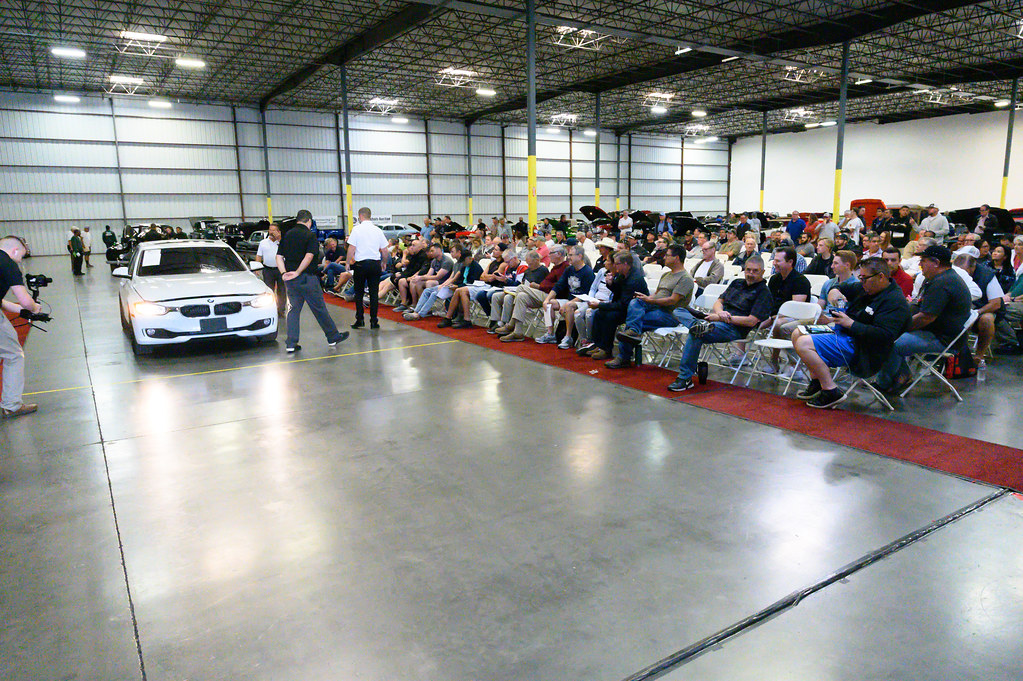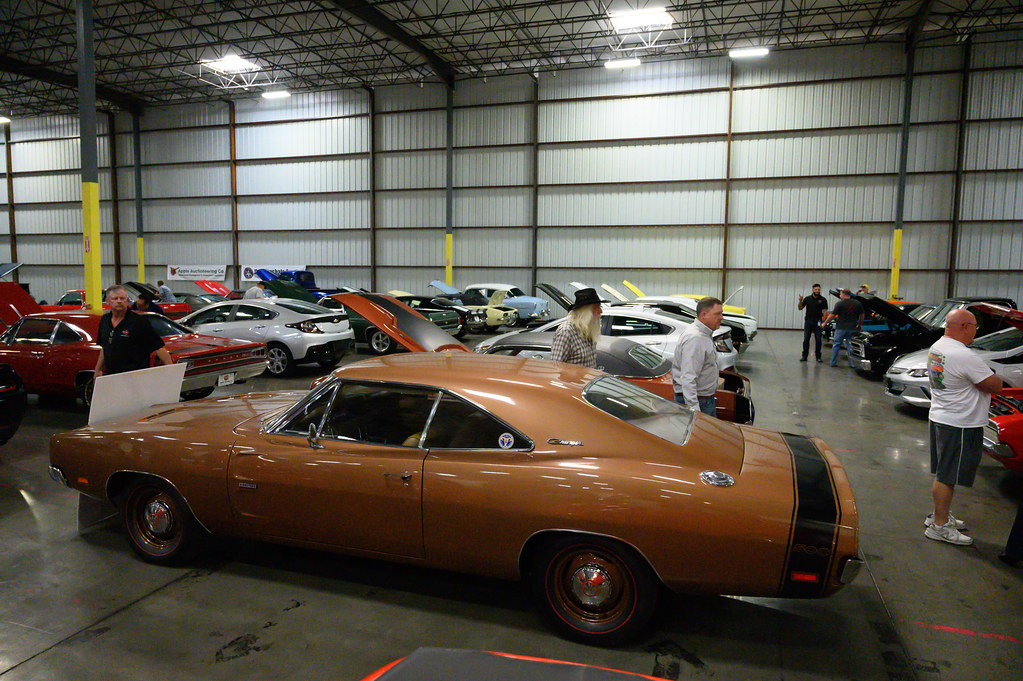Purchasing a pre-owned vehicle requires a whole lot of homework. You must carefully assess the vehicle's history, condition, and market value. If you find this process daunting, don't worry!
In today's article, we've covered you with a comprehensive pre-purchase guide that will make finding the right used car much easier. Be sure to read the article through the end to get a complete car inspection checklist.
Pre-Purchasing Car Inspection Checklist at a Glance
1. Questions to Ask the Seller
- Why are you selling the car?
- Was the vehicle in any accidents?
- May I have the car inspected by my mechanic?
- Have you conducted maintenance on the car per its manual’s instructions?
- What kind of oil have you used?
- Who has changed the oil?
2. Overall Vehicle Report
- Obtain a comprehensive vehicle history report using the VIN.
- Look for accidents in the vehicle’s history.
- Double-check title issues and odometer discrepancies.
- Ask for maintenance and repair receipts
3. Exterior Examination:
- Check for dents, scratches, and rust.
- Verify paint consistency and quality.
- Inspect panel gaps and ensure doors, windows, and the trunk close properly.
- Test mirrors and windshields.
- Look for body line gaps.
- Check to see if the hood opens smoothly or not.
- Ensure the bumpers are not flaky.
- Check that exterior lights are in working condition.
- Test mirrors to ensure they’re operational and free of cracks.
4. Undercarriage Inspection:
- Check for signs of fluid leakage.
- Look for loose or hanging-down components.
- Tires should display uniform wear, a smooth surface, and are free of bumps.
- The tires should exhibit no cracks and undamaged sidewalls.
- Look for consistency in tire size and brand across all wheels.
- Uniform tread depths are maintained on all tires.
- A wheel lock is in place.
- Inspect rust or damage to various parts.
- Assess the exhaust system for rust, holes, or any signs of damage.
- Test the suspension by pushing down on each corner of the car.
- Check the radiator and cooling system for leaks.
5. Engine Inspection:
- Pop the hood and inspect for leaks, unusual smells, and corrosion.
- Inspect engine oil, transmission fluid, brake fluid, and coolant levels.
- Ensure the oil dipstick shows no discoloration or unusual marks.
- Check that battery terminals are free from corrosion.
- Look for any signs of rusty stains or indications of overheating.
- Verify that drive belts are free from cracks or signs of wear.
6. Interior Assessment:
- Check engine light.
- Test power windows from all switches.
- Confirm power door locks operate from all switches.
- Check the functionality of interior lighting.
- Test the windshield wiper controls.
- Verify that the horn operates.
- Check the functionality of turn signals and emergency flashers.
- Inspect the carpet for dryness and absence of water stains.
- Ensure A/C and heater controls are operational.
- Verify HVAC blower motor works at all speeds.
- Observe the condition of seats, dashboard, and electronics.
- Check seat belts.
- Assess the car's audio systems.
7. Test Drive:
- Check brakes, steering, and acceleration.
- Listen for squeaking or grinding noises during braking.
- Check for unusual noises or vibrations while turning the steering wheel.
- Verify the vehicle maintains a straight line when driving.
8. Transmission Assessment:
- Test automatic transmission for jerking or delayed shifts.
- For manual transmission, check smooth shifts without grinding.
- Monitor the temperature gauge during the test drive.
9. Additional Feature Testing:
Test advanced features like:
- Parking sensors.
- Backup cameras
- Lane departure warnings, if any.
Walking through the Pre-Purchase Car Inspection Checklist
1. Questions to Ask From the Seller
Before you start checking out the car closely, it's important to chat with the person selling it. Asking the right questions can help you learn more about the car's history. Find out why the owner wants to sell it; that can give you clues about the car's past and any possible problems.
Also, ask the seller about the oil they've been using and who has been taking care of the oil changes. It's like getting to know the car's health history! Also, it's wise to ask if you can bring in your mechanic to take a look.
2. Overall Vehicle Report
Whether you are buying a car at an online auction or from a private dealer, start your investigation by obtaining a vehicle history report using the VIN. This report is crucial as it reveals accidents and title issues, providing a detailed perspective on the car.
While the report offers valuable insights, engaging in a conversation with the current owner is equally important. This discussion can provide additional context regarding the car's past and repair history. To enhance transparency, consider requesting the car's repair receipts.
3. Exterior Examination
When checking out a used car, how it looks on the outside can tell you much about its overall condition. Of course, look for the obvious stuff like dents, scratches, and rust. But go a step further and pay attention to the little things. Check if the paint looks the same on all parts of the car.
Ensure the mirrors, windows, and the gaps between different car parts work and fit well. Take a good look at the lights and mirrors on the outside, too. They're not just for looks – they're essential for safety and how well the car operates.
4. Undercarriage Inspection
When checking out a car, don't forget to look underneath! Crucial things hiding there can tell you a lot about the car's condition. First, keep an eye out for any leaks, loose parts, or rust, as they can be signs of major trouble.
Next, give the tires a good look. They play a significant role in safety and how well the car drives. Double-check that they wear evenly if any cracks exist and that the alignment is well maintained. Finally, look at the radiator and cooling system. Catching issues here early can save you a lot of trouble later on.
5. Engine Inspection
Begin by lifting the hood to inspect for leaks, unusual smells, and corrosion, as these could signal potential issues. To confirm that the car is in its best health, verify its maintenance records. This can provide comprehensive insights into how well the car has been looked after.
Additionally, check fluid levels, including engine oil, transmission fluid, brake fluid, and coolant. Analyze that these fluids are at appropriate levels and free from contaminants, as they play vital roles in the car's smooth operation.
Moreover, as you inspect the fluids, don't skip examining the oil dipstick for discoloration or unusual marks. These elements can tell you a lot about the car's engine over time.
6. Interior Assessment
When purchasing a car, inspecting the inside is super important since you'll spend a lot of time there. Check more than just the basics, like working windows and door locks. Look closely at the smaller details.
Turn on the car and make sure the check engine light comes on and then goes off – that's a good sign. Check the seats, dashboard, and electronics too. Any wear and tear in these areas might affect how comfortable your drive is. Also, test the air conditioning to make sure it cools the car well.
7. Test Drive
The test drive is like the ultimate test for a used car's performance. Hold on tight because it's where you learn how the car behaves and whether it is worthy enough. Start by giving extra attention to the brakes, steering, and acceleration to confirm the drive is smooth and responsive. After all, no one wants a car that feels shaky and unpredictable.
To keep things safe, take a good look at the brake pads, discs, and fluid. And don't forget to listen for odd sounds when you hit the brakes. Remember, a vehicle's brakes are its lifeline in emergencies, so they need to be in top shape.
Moving on, as you cruise along, notice any excessive bouncing or unusual sounds. These could be red flags for suspension issues, and nobody wants a bumpy ride. Also, make sure the car moves in a straight line when you're driving, and check how the transmission responds.
8. Transmission Assessment
When testing out an automatic transmission, keep a close eye on how it behaves while you're driving. Look out for any awkward jerks or delays when it shifts gears. On the other hand, when you're driving a car with a manual transmission, aim for shifts that glide smoothly without any strange noises.
And here's a tip: Don't forget to glance at the temperature gauge on the dashboard while you're checking out the transmission. This little gauge tells you how hot or cool the engine is running. If it's running too hot, it could mean there's trouble brewing in the transmission's cooling system.
9. Additional Feature Testing
Modern cars have advanced features that make driving safer and more convenient. When inspecting a car, don't forget to check out the parking sensors, backup cameras, and lane departure warnings if available. Making sure these features work properly adds an extra level of safety, which is essential in today's automotive industry.
Nexus Auto Transport: Trusted Choice for Secure Vehicle Transport
Navigating the used car market can be daunting, but with our pre-purchase car inspection checklist, there's nothing to worry about. From checking the vehicle's history, exterior, interior, and under-hood to its on-road performance, our guide covers it all.
However, the journey continues once you've found the perfect car. If you've recently purchased a vehicle and need it transported, considerusing our services at Nexus Auto Transport.



